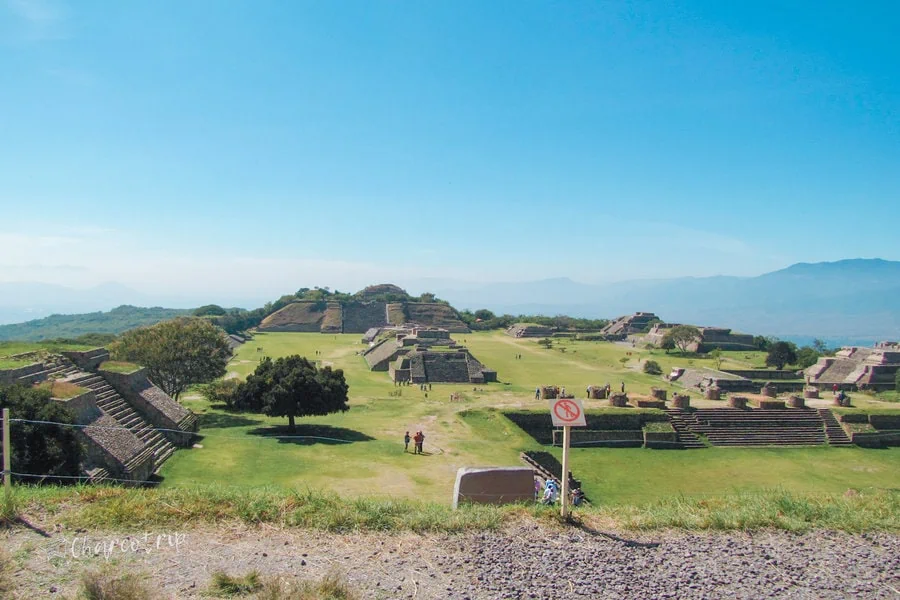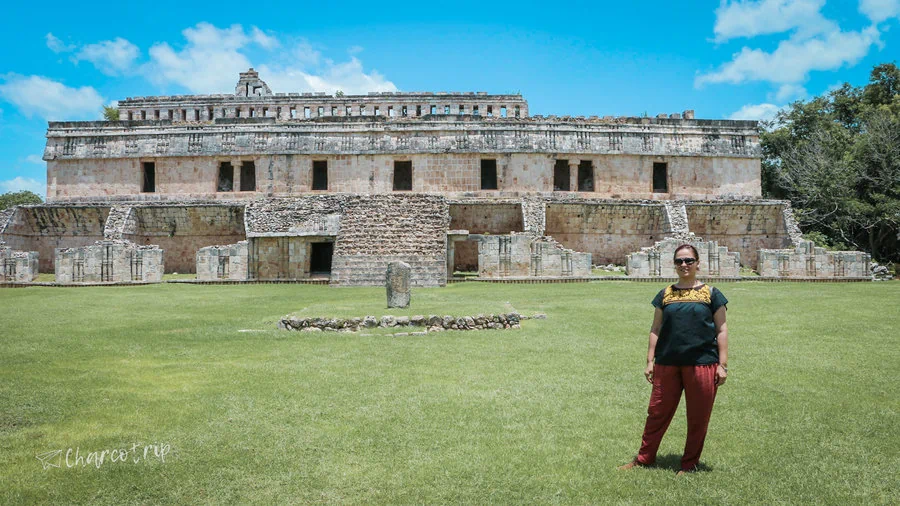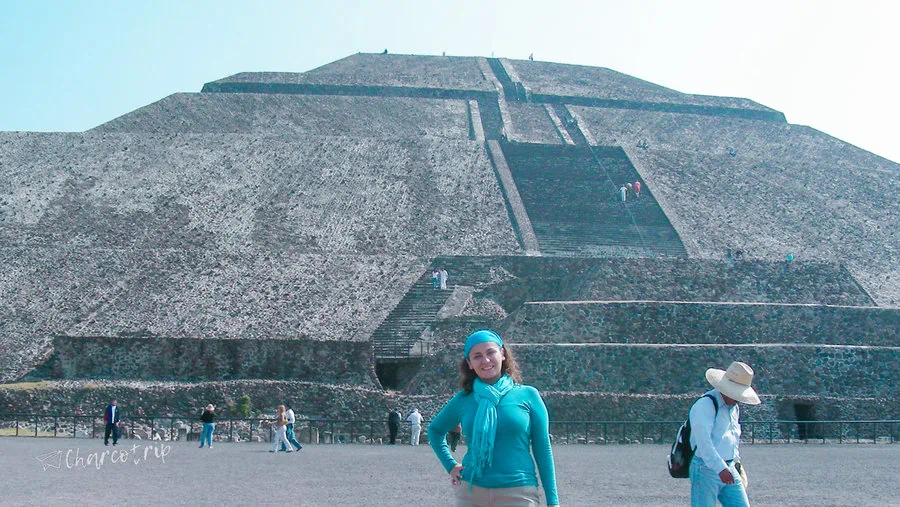Visit to the Secretary of Public Education in Mexico City where you can admire a series of murals made by Diego Rivera.
The first time we visited Mexico City one of the objectives was to be able to see in person the enormous and famous murals made by Diego Rivera. The ones that illustrated my elementary school textbooks, I would finally see them live.
Information to visit Diego Rivera murals at SEP (Mexico City)
It is possible to visit the murals of the SEP, you just have to take into account the following:
Which are the schedules?
Monday to Friday from 10:00 am to 6:00 pm.
What is the price to enter?
Best price: FREE
Can you take photos?
Yes 🙂
To get there by metro, you have to get off at the Zócalo stop.
Get your flight to Mexico at the best price
For those who are not from Mexico: you will surely wonder what is the SEP?
Let me tell you, SEP means Secretary of Public Education. It is a secretariat of the executive power (the government) in charge of both scientific and sports education at all levels, as well as its contents, study programs and calendars.
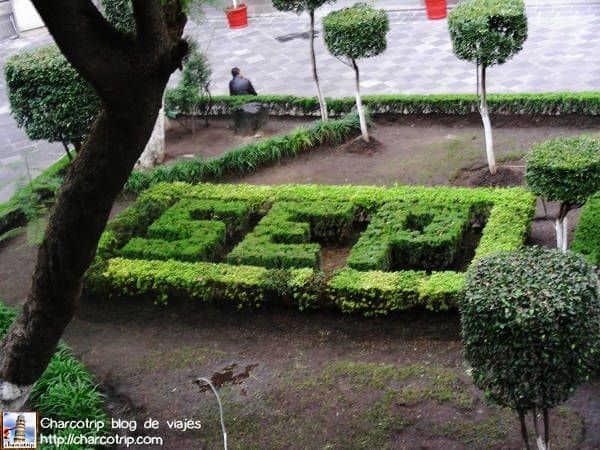
Before making the visit, do you know who Diego Rivera was?
One of the most important muralists in Mexico, he was born in Guanajuato. He was the husband of Frida Kahlo. He made the murals for the SEP between 1923 and 1928 at the request of José Vasconcelos.
I know this is a very tiny biography, if you want to know more about him and his work, I invite you to read on wikipedia.
Visiting Diego Rivera’s murals
The enclosure is very beautiful and old, everything is very well cared for. It is divided into two yards which are known as the first patio, or the work patio, and the second patio, or Juárez or the fiestas. In each yard are several floors and many murals which we went through calmly.
Upon entering, we saw a representation of a Christmas in and various Christmas motifs. The dolls they had were very, adorable.
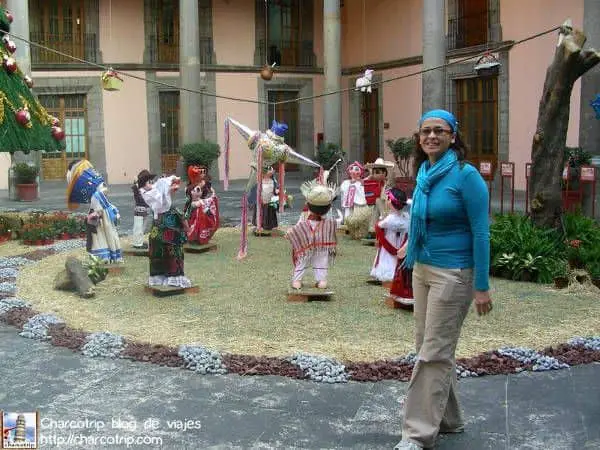
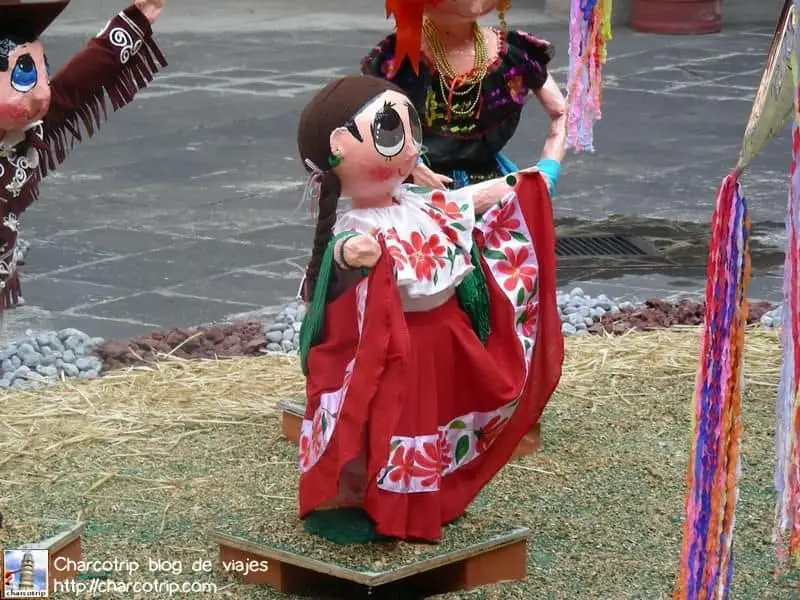

Work Patio
The patios have three levels, in the first we could see works inspired by the various regions of Mexico. In various murals you can see, in a figurative way, scenes from the Passion of Christ. This is because Diego Rivera considered that in this way his message would be better assimilated by the people, who were very religious. On this subject, one of the murals that struck me the most was that of The Liberation of the Farmhand, in which you can see a mixture of religious motifs and the Mexican Revolution. We also saw The Rural Teacher, who in the same way makes us see a revolutionary landscape but makes us think of the passages in which Jesus carried out evangelization.

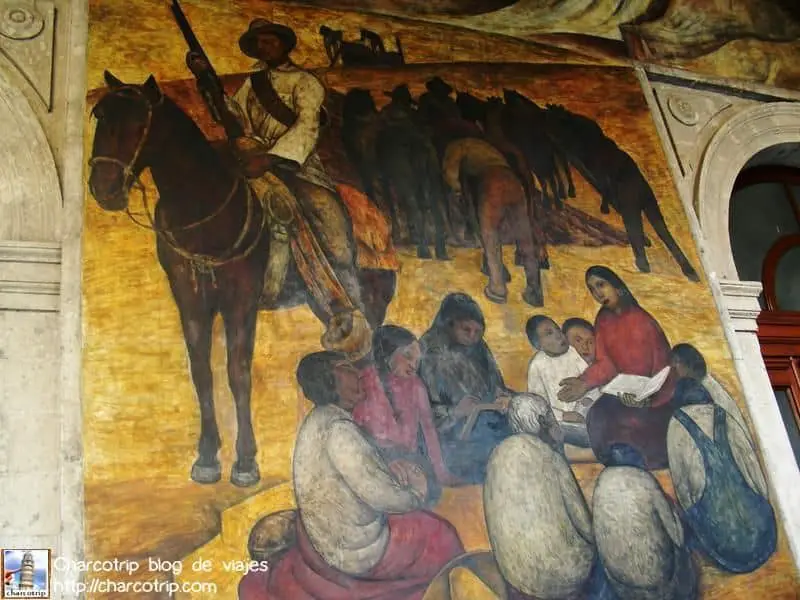


On the second level you can see murals that represent intellectual work, science and the arts in Mexico. In the third level, heroes such as Cuauhtémoc, Felipe Carrillo Puerto, Emiliano Zapata and Otilio Montaño stand out.
Juárez Patio
This patio can be easily recognized as it has a huge statue of Benito Juárez. On the first level you can see murals in which Rivera represented the traditions of the Mexican people and their popular, religious and political festivities. For example, the day of the dead. Demonstrations are also shown, such as the May Day Rally.

There is a mural on this level of which I kept the image of a girl who has a look that I do not know whether to describe as sad, hopeless, or tired. I do not know for sure, but it is one of the images that I keep most strongly of this place without clearly remembering the whole context of the mural, which name is: el tianguis (the streetmarket).
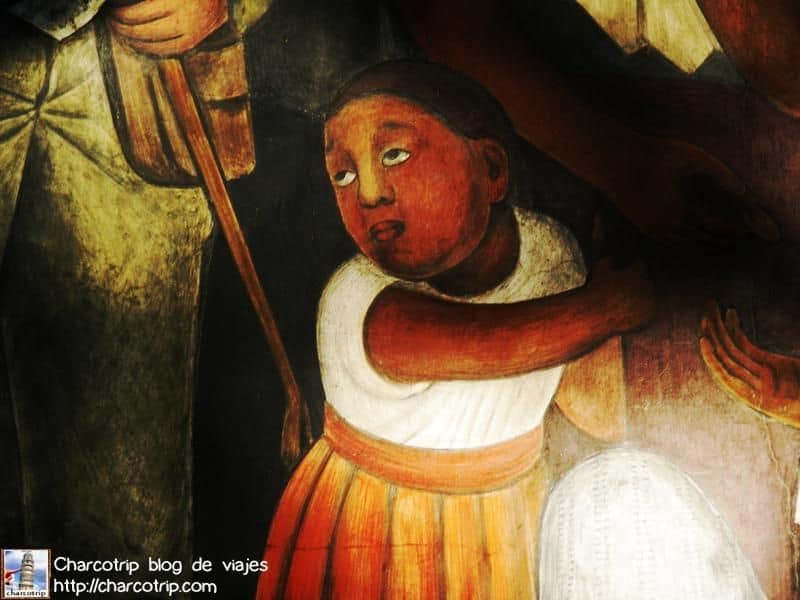
State paintings
On the second level can be found a collection of paintings of the coats of arms of the states of the Mexican Republic, which were painted by Diego’s assistants. I could not contain my emotion when I saw the shield of my state, Baja California.



Third level
On the third level, with 26 murals, the stanzas of three corridos are illustrated: La Balada de Zapata, The Agrarian Revolution of 1910 and So the Proletarian Revolution will be. In one of these murals, called El arsenal, Frida Kahlo can be seen as the central figure. Also, noteworthy is the mural Los sabios (the wise men) in which José Vasconcelos is seen from behind (remember, the one who invited Diego to paint the murals). It seems that in the mural it can be seen that there was an ideological antagonism between the two of them.

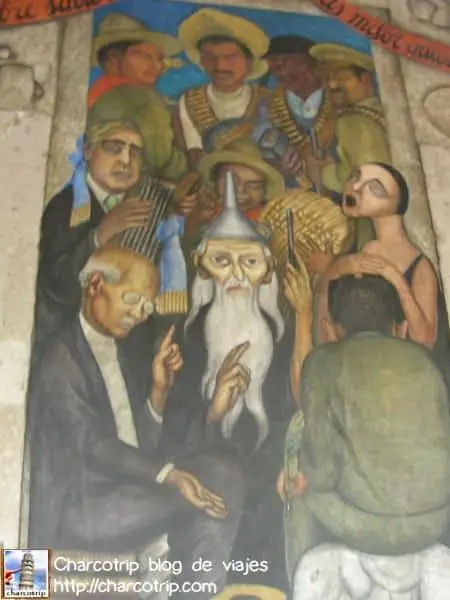
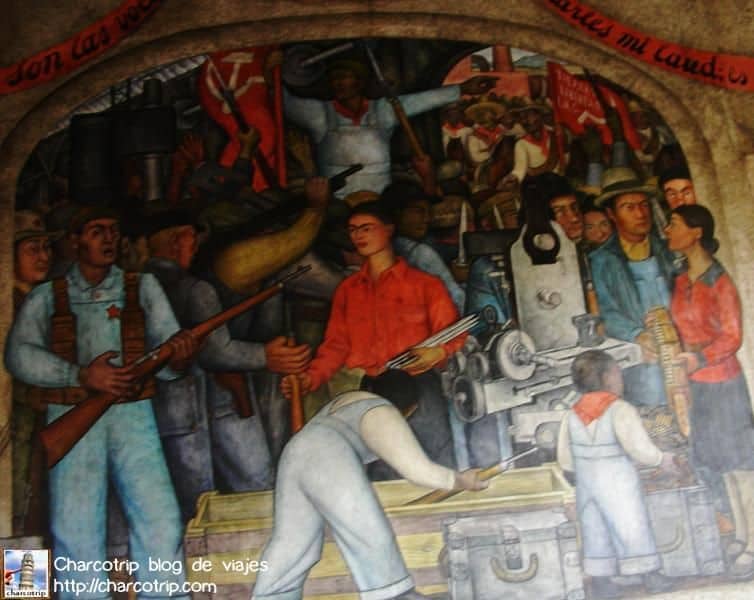
One of the walls of this level contains images that contrast completely, for example this one called The Night of the Rich that shows a quasi-orgy, a total party in which money people are seen and on the other side this Night of the Poor where you see poor people who suffer and are not celebrating at all. We also saw the mural called guarantees – Waste of capitalism, where it is seen how those who were previously rich ended up being the waste after consumerism consumed them.
With all this we must remember the communist ideas with which Diego sympathized, that plus the images that evoke the Mexican revolution give an anti-bourgeois mixture that is perfectly captured in his murals.

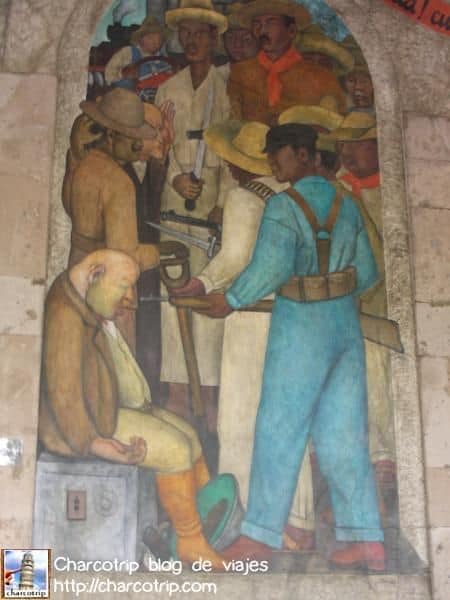

Here are some options for FREE TOURS in Mexico City:

Some of the links in this article include affiliate links. This means that if you buy a product listed here by following these links, we'll receive a commission. The use of this link does not increase the final price for you and thus helps us to keep our blog alive.

